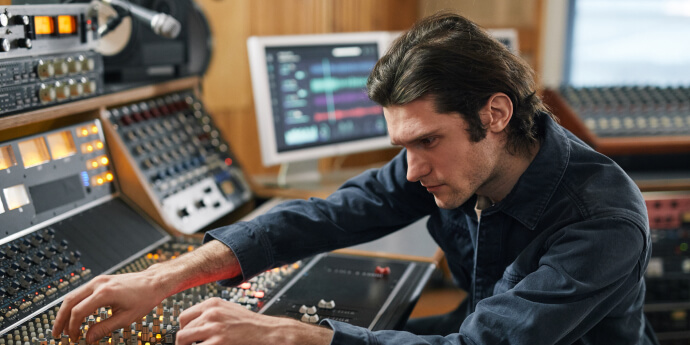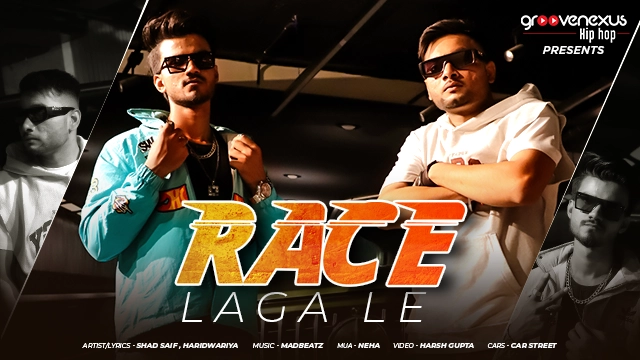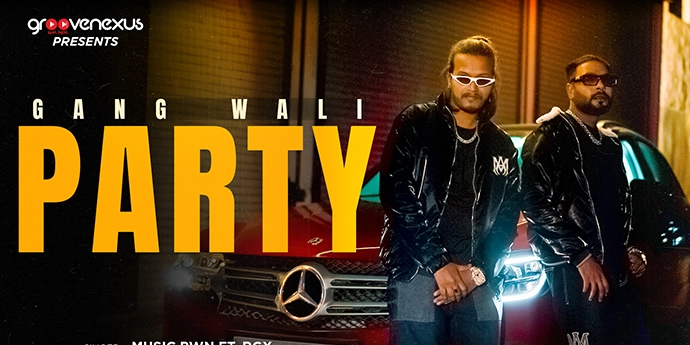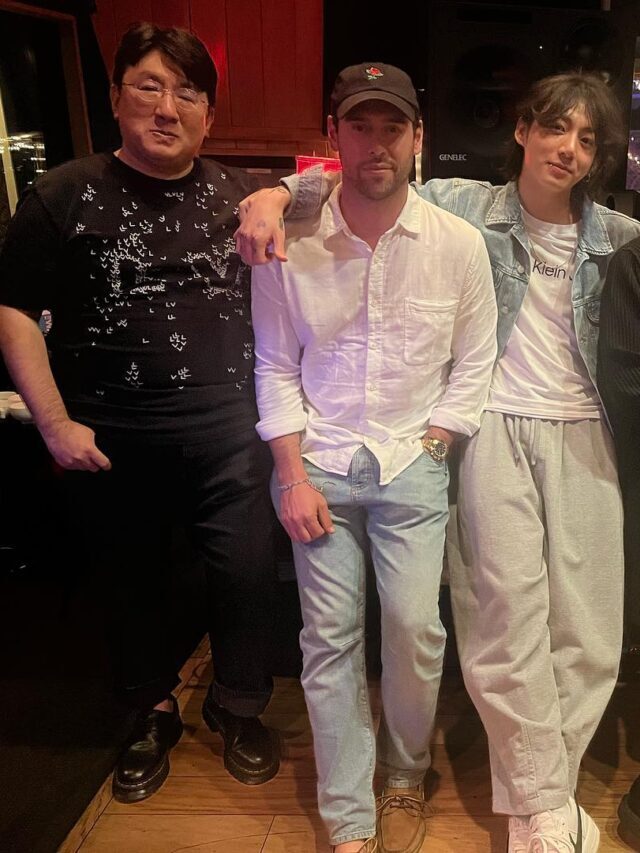Songwriting is a challenging profession. It may be difficult to put your ideas and emotions into words when inspiration strikes. Putting those words into music is much more complex, which can be a laborious process comparable to pulling teeth. The truth is that sometimes all you need is a few fundamental workouts to help you improve your songwriting abilities! Here are ten music production challenges that will keep you going and improve music production challenges your writing skills.

10 Creative Music Production Challenges
1. Quick As You Can
We tend to agonize over choices for much too long. The more time we spend thinking about a maneuver, the more probable it is that we may experience ‘paralysis by analysis.’ However, this is just human behavior, and it is most definitely not reasonable. It is the twenty-first century, and a digital project may be updated at any time. It is the most used music production challenge.
The challenge while producing music is: when loading a project, get every element you can use like brass patch, drums, lead patch, vocal, and anything else – down in the first ten minutes. Maybe you are having trouble finding the right snare right now, but there is no excuse to put your whole track on hold for 20 minutes! Make sure to finalize your decisions quickly and try to focus on that everything should be ‘on the page.’ With this technique, you can move forward immediately and replace any duds later.
2. One genre to the tune of another
Are you a die-hard fan of sample packs? If so, you are in the right place. If you are producing tech house music, does that imply you have to utilize sample packs designed explicitly for tech house music? After hours of sifting through soundware collections, you will realize precisely how fuzzy the borders may be between the aural building blocks of two different genres, as we have. Notice how it changes the music you make by trying a pack from a completely different genre. Use your music-making skills to bring the sonics more into alignment with your chosen genre. You will find that the result is a more flavorsome piece of music. It is one of the most creative music challenges.
3. Rendered Useful
You are the ideal computer musician – a piano-roll hero who performs with a mouse and a MIDI keyboard, but that may become a little boring after a while. Remove the blade from your DAW, and begin chopping up the audio, time-stretching it, pitch-shifting it, and putting it into samplers. Pick one of your tracks from your work, save a new version, and then render every single element to audio in real-time.
Not only will this provide you with an entirely fresh perspective on your previous track, but it will also provide you with a completely different manner of working that will compel you to commit to what you have already accomplished.
4. Tangent Of Sines
Sine waves are the fundamental building blocks of sound. Make everything from a single sine signal source to provide a real challenge. Pitch it, distort it to add harmonics, run it through the ring and frequency modulation to mix it with other versions of itself, and you can essentially synthesize every aspect of music from scratch using this software. It is one of the most creative music challenges. You can learn to produce music through these challenges.
5. Channel Synth
Songwriting is one of the challenges of being a music producer. You can try channel synth for the same. Most synthesizers have a prevalent signal path; therefore, it is not difficult to create your own by combining effects plugins with them. After configuring oscillators and envelopes from the synth’s internal controls, add filter plugins to replace onboard filters, auto-filters to replace filter mod routings, and effects of stacking on top of that. Using sidechaining methods makes it feasible to create more complex envelope formulae. It is one of the best challenges of music production.
6. Back-to-front track builder
Turn your next track on its head and instead of starting the music with the intro, start with the outro and build back from there. Make sure that Bar 1 should still be Bar 1, and Bar 119 should still be Bar 119 – create the last parts first and the first parts last. Craft a breakdown next – in a track this ‘harks back to what came before, but in your reversal, it’ll give you inspiration for what to program later – or is that ‘earlier on’?
This back-to-front way of working makes you think about what the different sections of tracks are made for and what should occur when.
7. Produce for a specific mood
With streaming platforms becoming the default way for listeners to get their music, “mood” and “context” are popular ways to organize songs. Think about the genre of music you love and produce. Also, think about how it could fit into a playlist mood or context.
You can also check out some of those playlists on your favorite music streaming service to get ideas about feel, instruments, and tone. Then, get to work! Start producing music with a specific mood in mind. It will also make production much more accessible—it sure beats staring at an empty DAW.
8. Going with the grain
Load a drum loop into a granular synth or sampler, duplicate the track in your project several times. The loop should be interesting enough to contain a wide range of varied textures.
With your different sounds loaded on other channels, it’s time to use them to make a fresh piece of music. Repitch, add effects, use your instrument’s controls and muster all your production to squeeze everything you can from this one sound source.
9. The effects are starting to show
Who needs instruments to make sounds happen? Even effects plugins can generate their sounds from nowhere. A self-resonating filter can be used as an oscillator. Push up the resonance and use the drive or saturation parameters in your plugin if it has them. Sweep the filter frequency with whatever’s available – whether the filter has LFO or envelope control or can follow notes using key tracking, there’ll be a way to get a tune out of it.
10. The placeholder loop strategy
Here’s the technique when you can’t come up with something new and exciting. Grab an entire song and loop the whole thing or just one section up in your new music project. Warp it to a new tempo if you see fit. Next, start adding elements and building around the existing song. Double up on certain key sounds – such as the kick and snare – by layering your alternatives over the original track’s parts.
When you have completed the tasks, mute the original track. What’s left should be a completely different loop. Now you can think about what’s missing and take your unique, copyright-free loop off in its direction. Just make sure you delete that original ‘scaffolding’ from the project before you get to the end!










